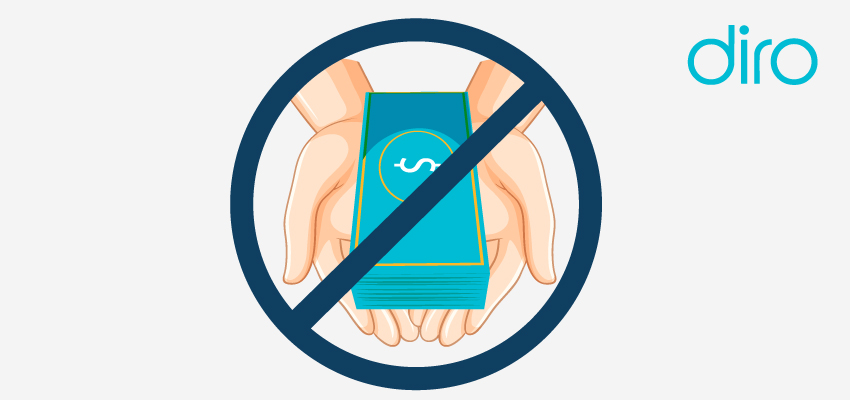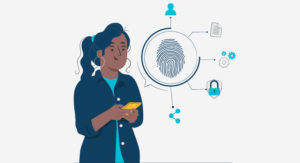Proactive Customer Communication

In the digital age, banks face the constant challenge of effectively communicating with their customers to prevent and manage fraud incidents. The results of a recent global consumer fraud survey highlight the need for proactive, personalized customer communication to detect and prevent fraud, as well as to efficiently resolve fraud cases.
However, meeting customer expectations in this area is not a simple task, as dissatisfaction with a bank’s response to fraud management can lead to customer churn.
Power of Proactive Communication
To demonstrate care for their customers’ financial well-being, banks must find ways to be proactive in their communication. One of the most effective ways to show this care is by actively working to detect, prevent, and notify customers about potential fraud incidents.
While fraud detection measures strive to minimize false positives, there will always be cases that appear to be fraudulent but are not.
Consider a scenario where a customer makes an unusual purchase, such as expensive diamond earrings. Since this transaction deviates from the customer’s typical spending pattern and involves an unfamiliar merchant, it may trigger a fraud alert.
In such cases, proactive customer communication is essential. A quick, automated SMS message from the bank can allow the customer to verify the purchase and avoid any potential embarrassment at the checkout.
When executed correctly, this communication reinforces a sense of protection for the customer. However, if the communication is incorrect or mishandled, it can result in a negative experience that requires significant resources to rectify and may damage the customer’s relationship with the bank.
Consumer Preferences for Communication Channels
Globally, customers prefer digital channels for communication, such as text messaging, emails, bank apps, and third-party messaging services, over traditional analog methods like phone calls.
According to a survey, nearly 80% of customers worldwide prefer digital channels for payment verification. Text messaging is the most favored method, with 43% of customers preferring it, followed by 17% who prefer email.
However, it’s important to note that payment verification preferences vary across countries. In the United States, 64% of customers prefer text messages for verification, while only 2% prefer third-party messaging apps.
In Brazil, the preferences are more diverse, with 28% preferring text messages, 30% favoring bank apps, and 12% opting for third-party messaging apps.
Thailand stands out from the global group, as 41% of respondents in the country prefer phone calls for payment verification.
In regions like the European Union, customer verification methods are driven by regulatory requirements. Strong customer authentication dictates that many payments must be authenticated using two out of three methods:
- Inherence (biometrics)
- Possession (e.g., mobile phone)
- Knowledge (e.g., password)
This approach is being adopted globally with the introduction of 3-D Secure 2 for card payments.
With such diversity in communication preferences, banks face the challenge of effectively reaching out to customers through their preferred channels.
Addressing Gaps in Contact Information
Accurate customer contact information is vital for proactive customer communication. However, many banks struggle with outdated or inaccurate contact details.
According to the survey, 22% of credit card customers worldwide report that their card provider does not have their correct mobile number. Similarly, 18% of debit card customers report inaccurate mobile numbers, and 28% report inaccurate home addresses.
The impact of inaccurate contact information goes beyond basic communication issues. Mobile numbers are increasingly linked to user security and anti-fraud controls.
In the UK, almost 20% of customers report that their bank does not have their correct mobile phone number. This becomes problematic if the bank relies on sending one-time passcodes via SMS for payment authentication.
In many cases, the requirements of PSD2 Strong Customer Authentication prevent issuers from bypassing these checks. As a result, banks must find alternative methods to authenticate payments for customers with mismatched contact details, or the payment will fail.
Considering that there are over 50 million adults with a bank account in the UK, and 70% of them also have a credit card, it is estimated that more than 10 million individuals may have discrepancies between their actual mobile numbers and the numbers their card providers have on record for communication, authentication, and identity verification purposes.
The Cost of Negative Experiences
When banks struggle to contact and engage customers effectively, they face significant repercussions. The survey reveals that 83% of customers worldwide will either complain to their bank (56%) or switch banks (27%) if they are unsatisfied with the bank’s response to a fraud event.
According to the Bank Administration Institute (BAI), banks can spend up to $10 per contact in their call centers. Any increase in contact center volume leads to escalating costs for banks, not to mention the risk of losing customers to competitors.
Proactive and personalized communications are crucial for maintaining stability and fostering growth.
Meeting Customer Expectations
To summarize, consumers prefer digital channels for communication, and banks must bridge the gap in contact information to provide proactive customer communication. Failure to do so can result in increased contact center costs, a decline in brand equity, and customer attrition.












